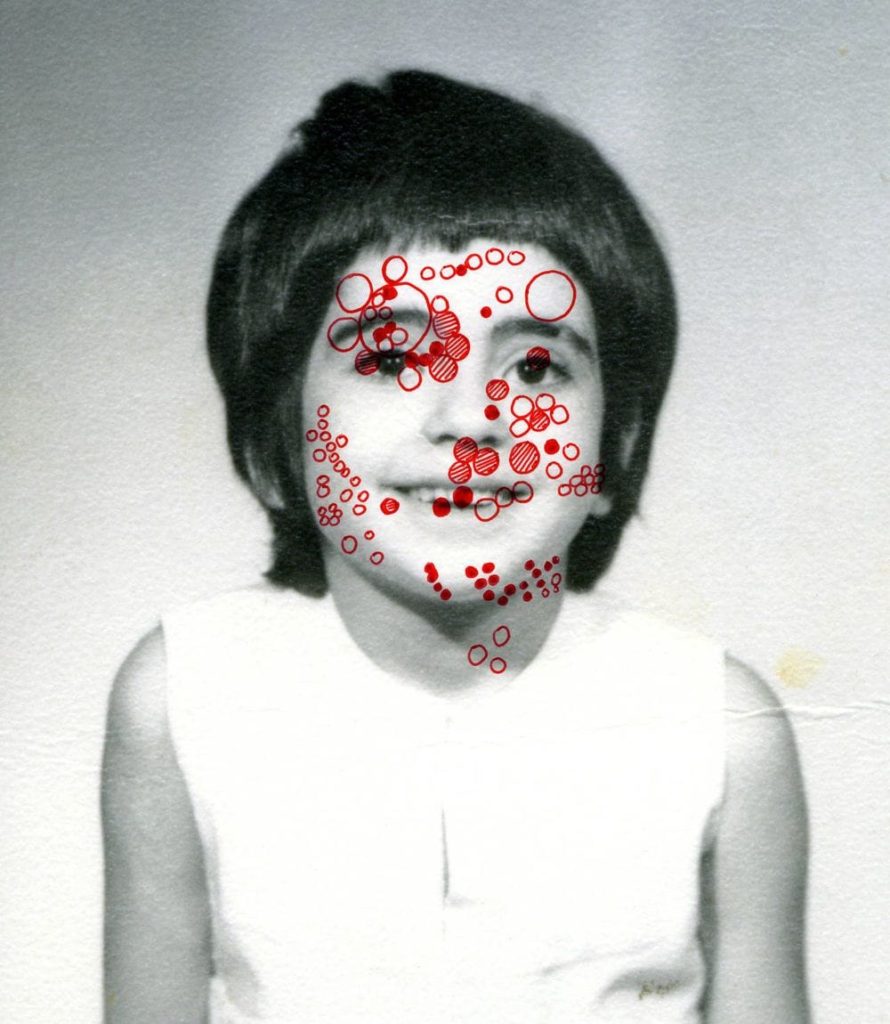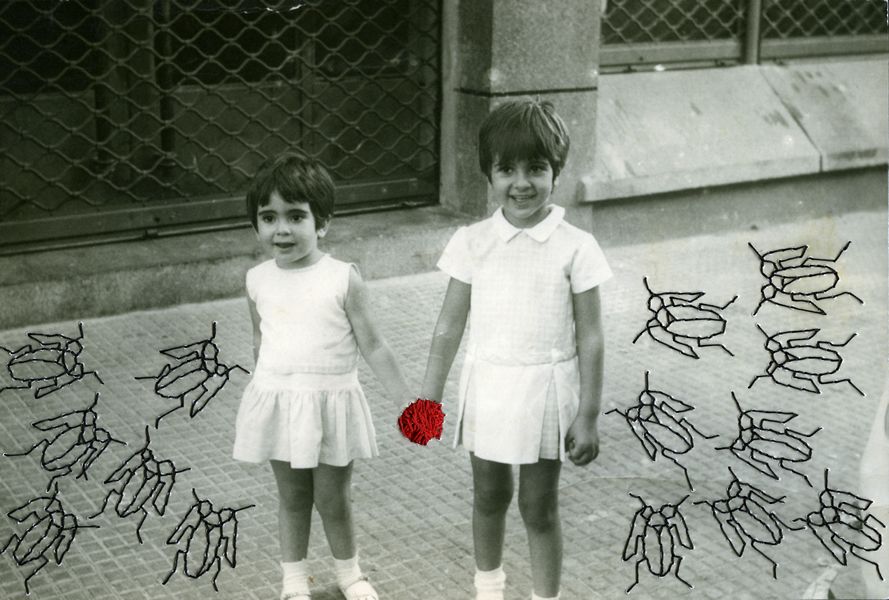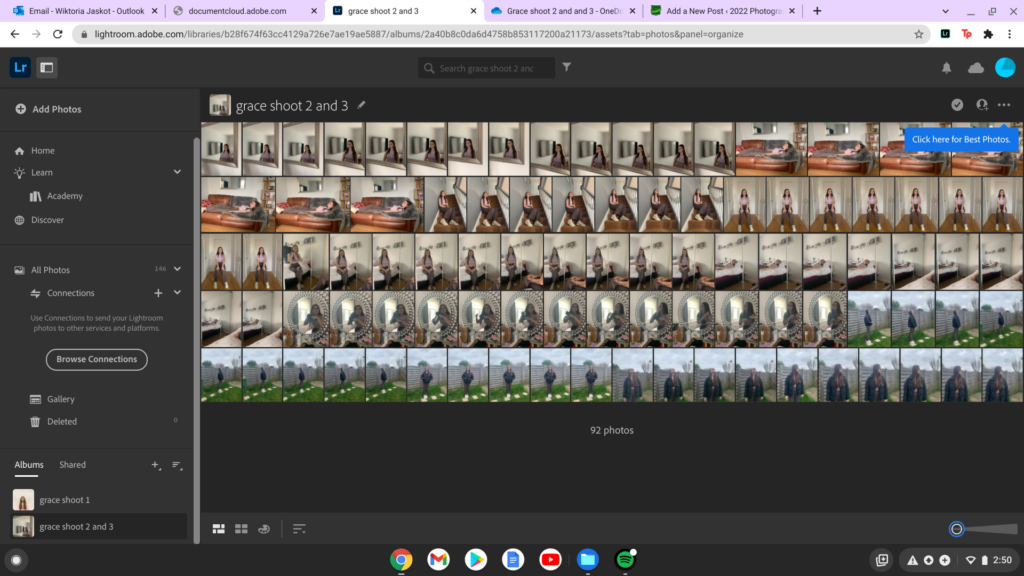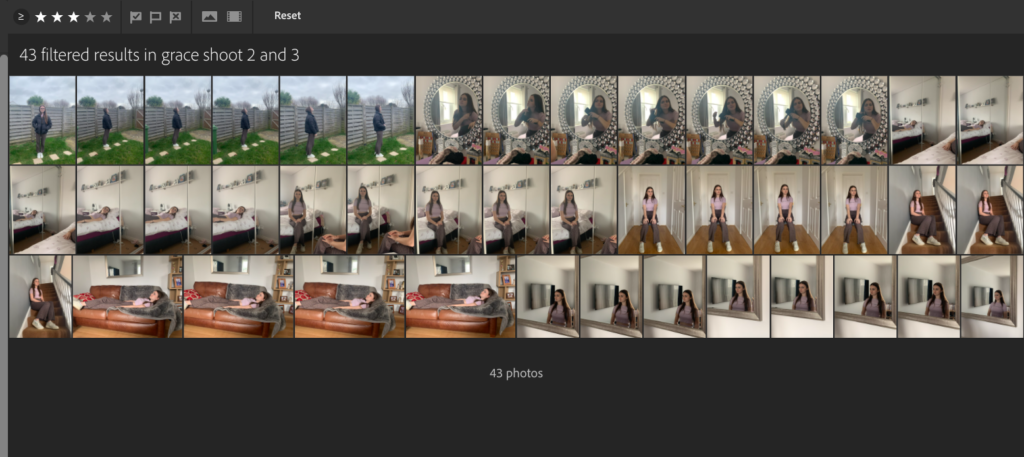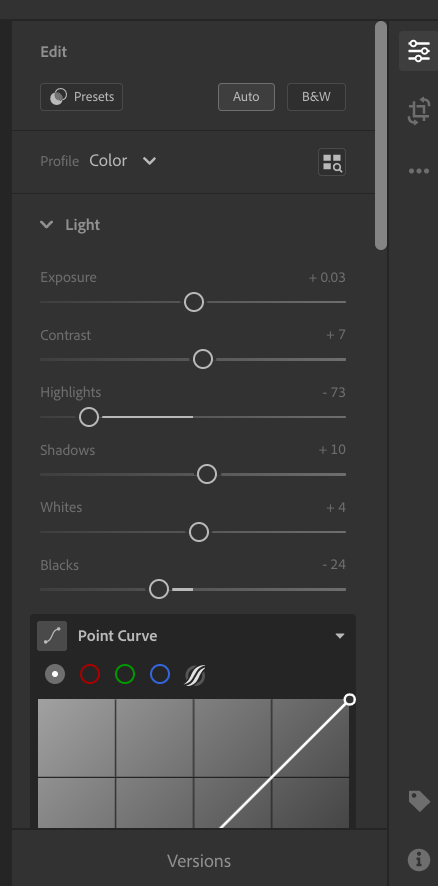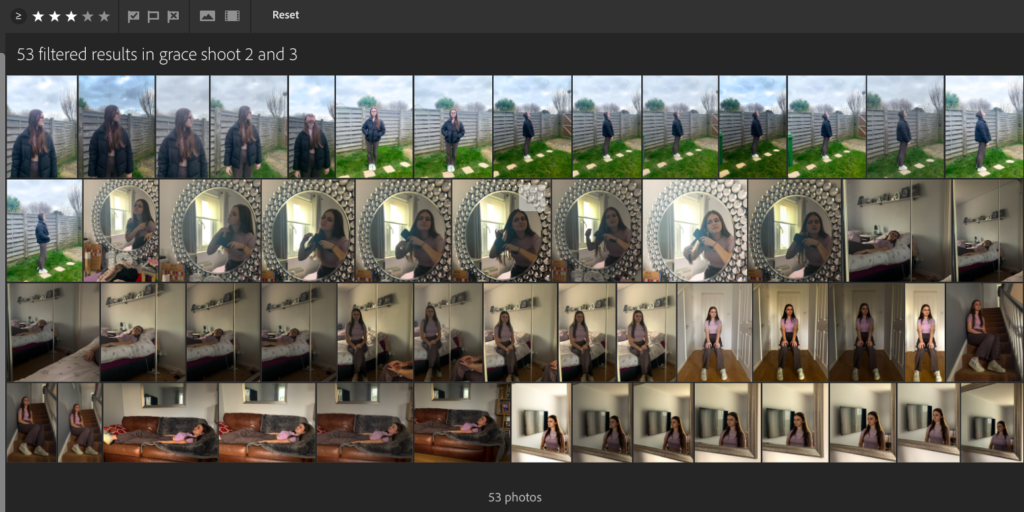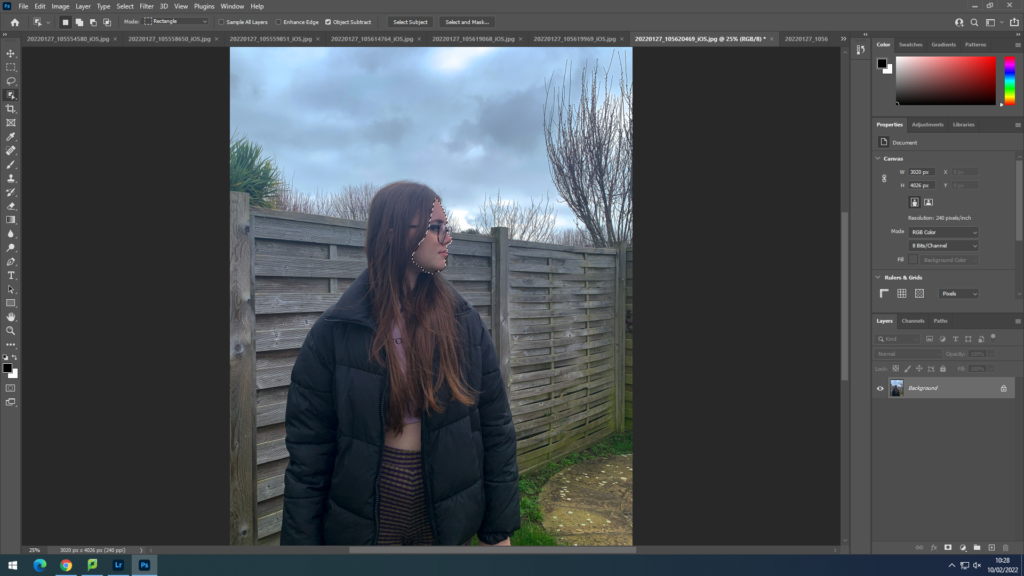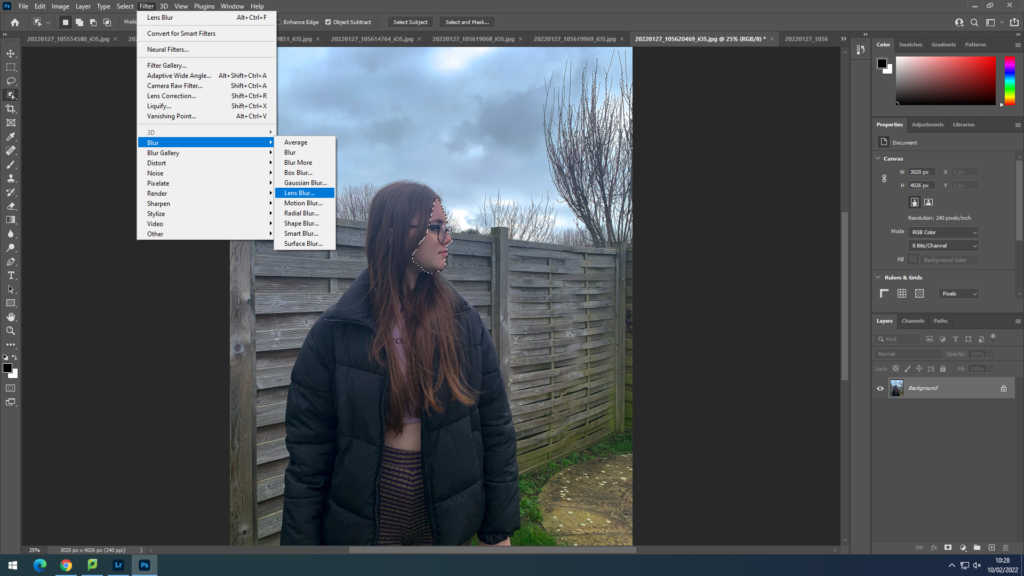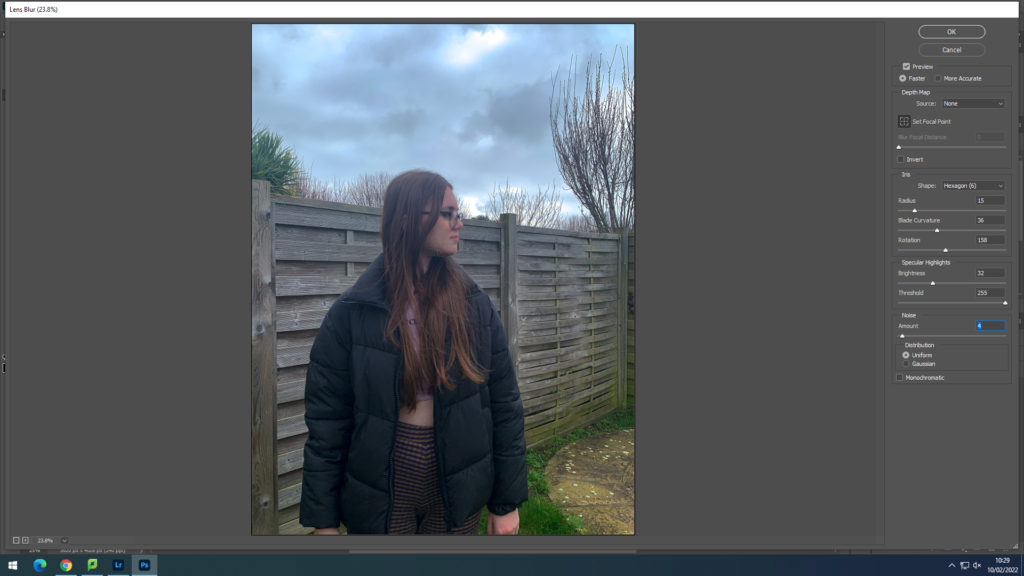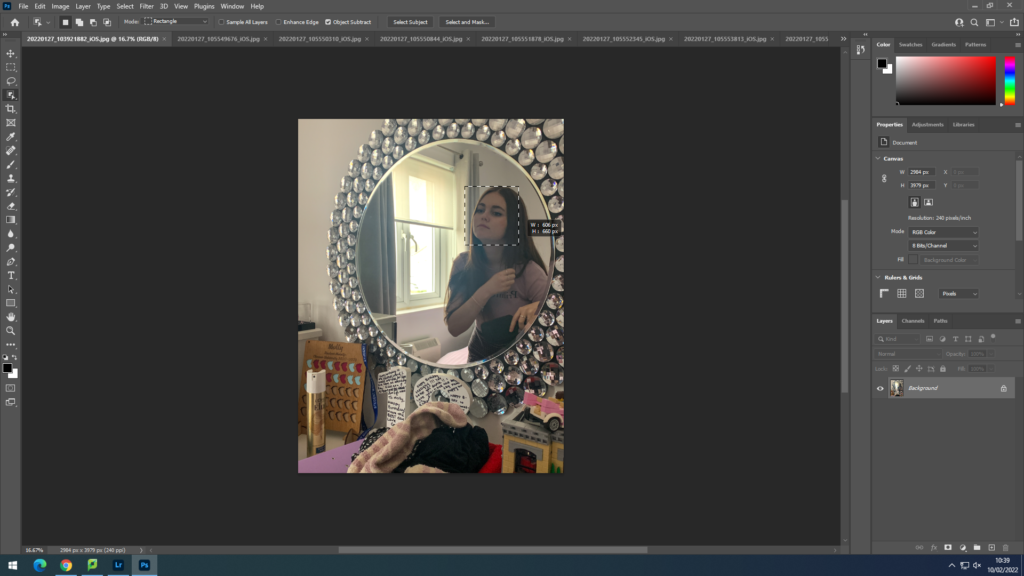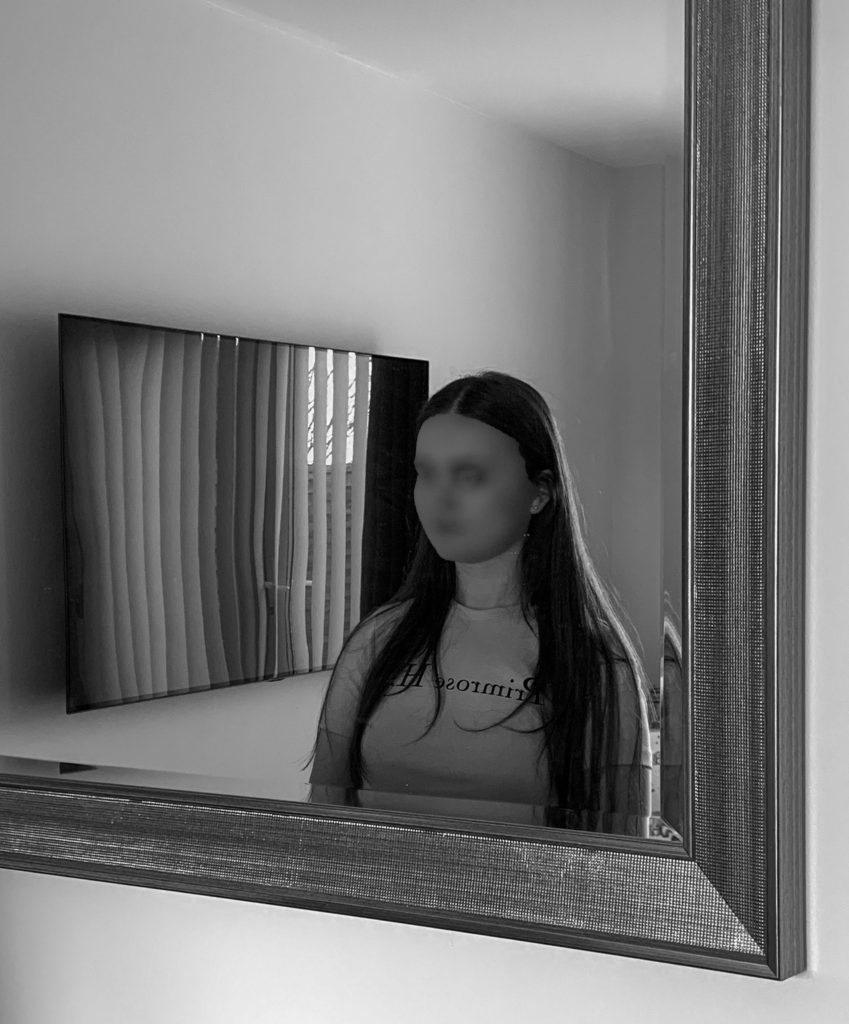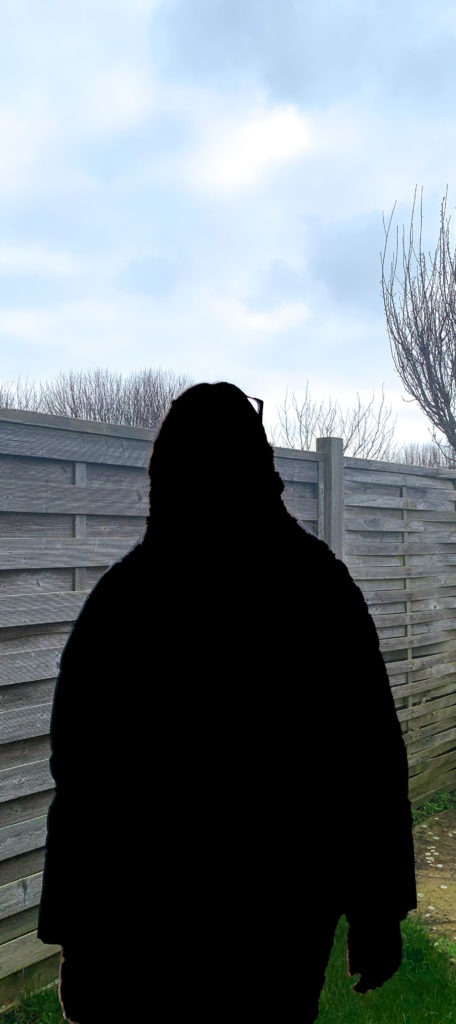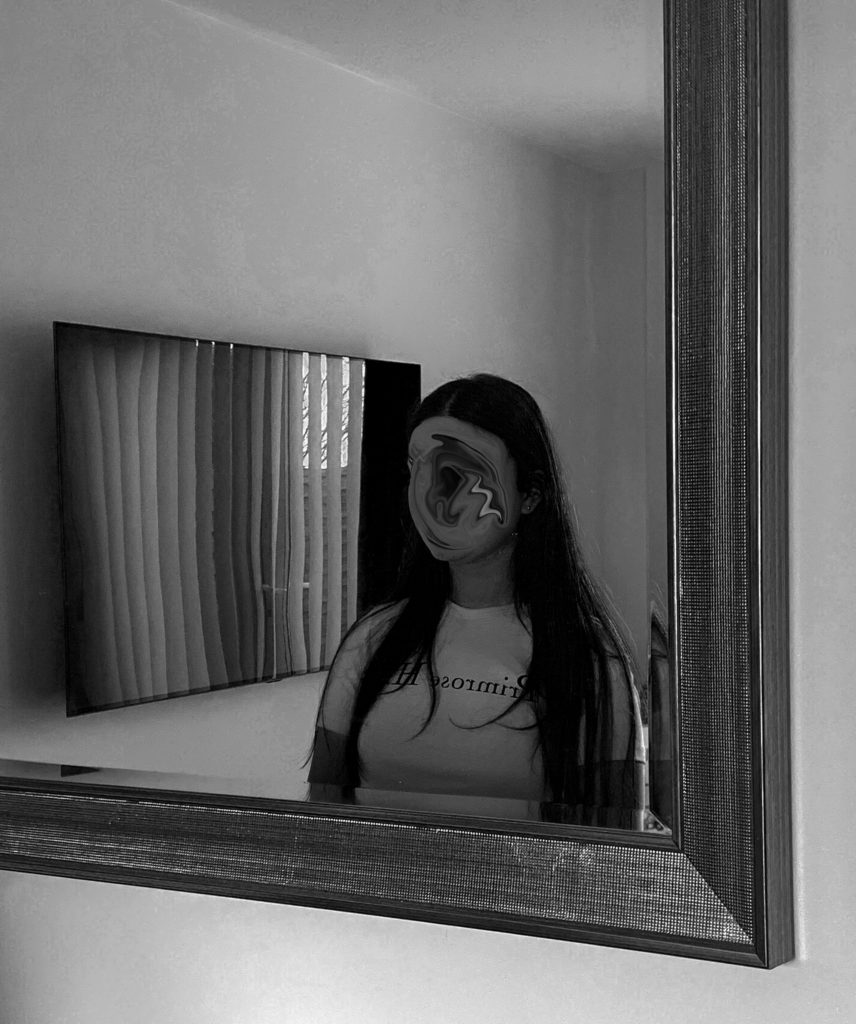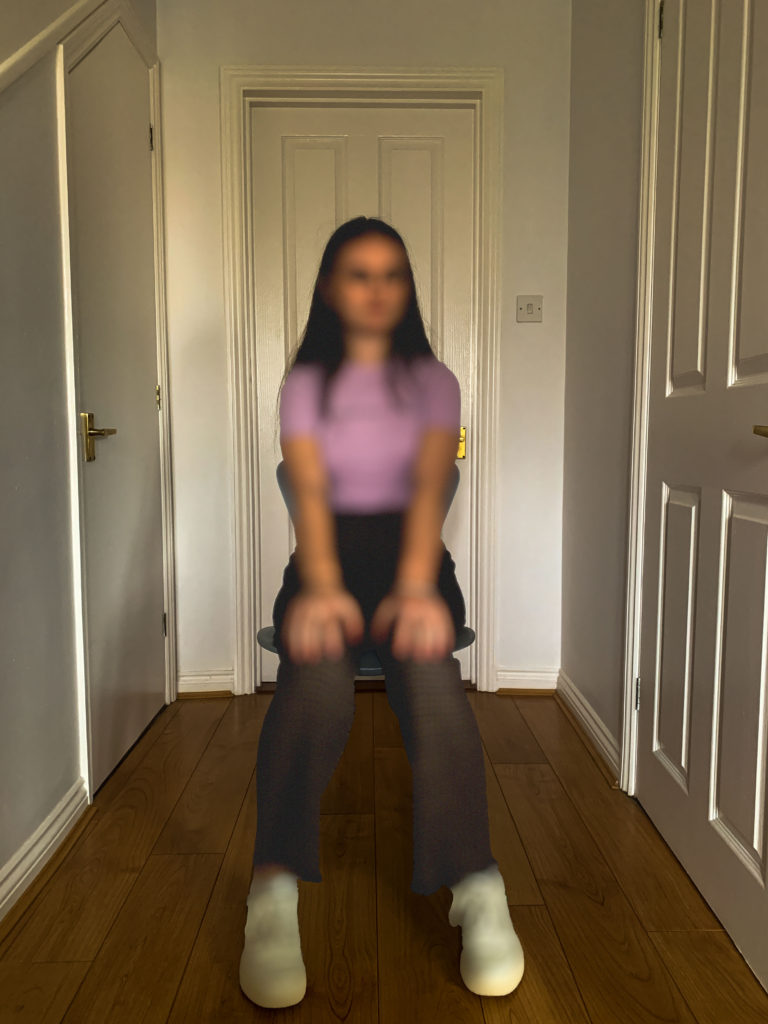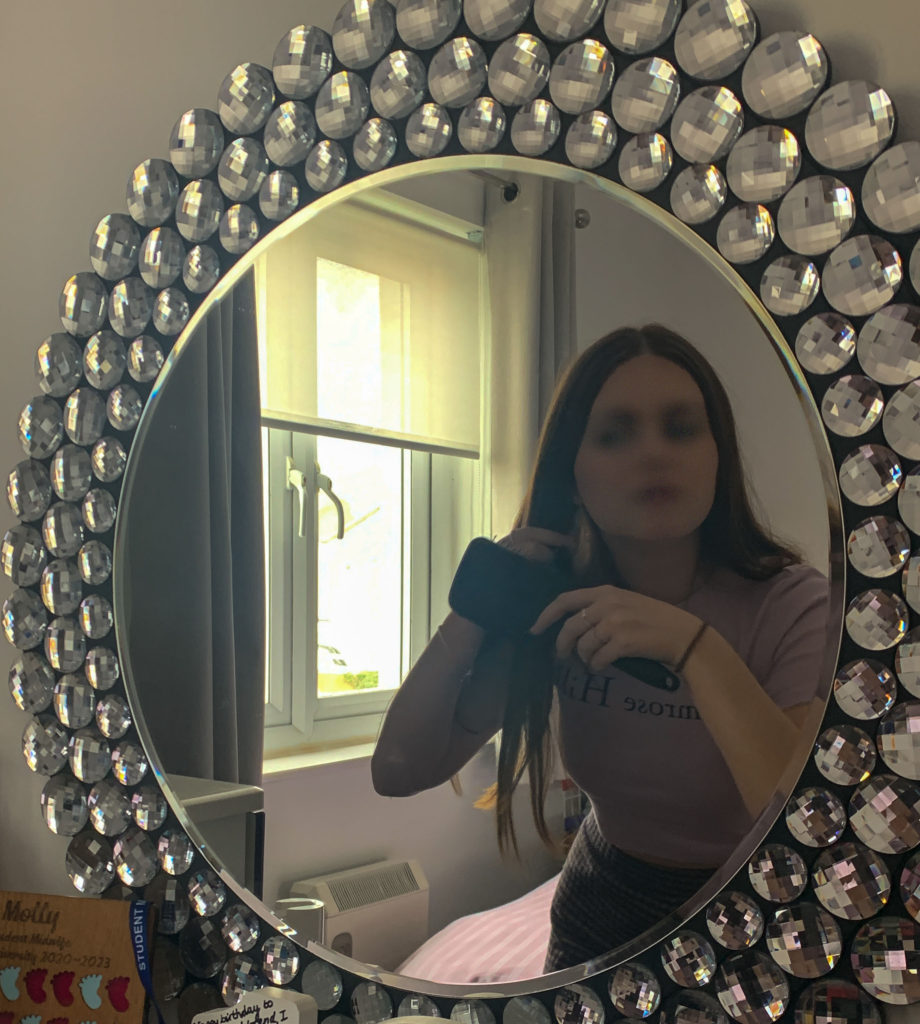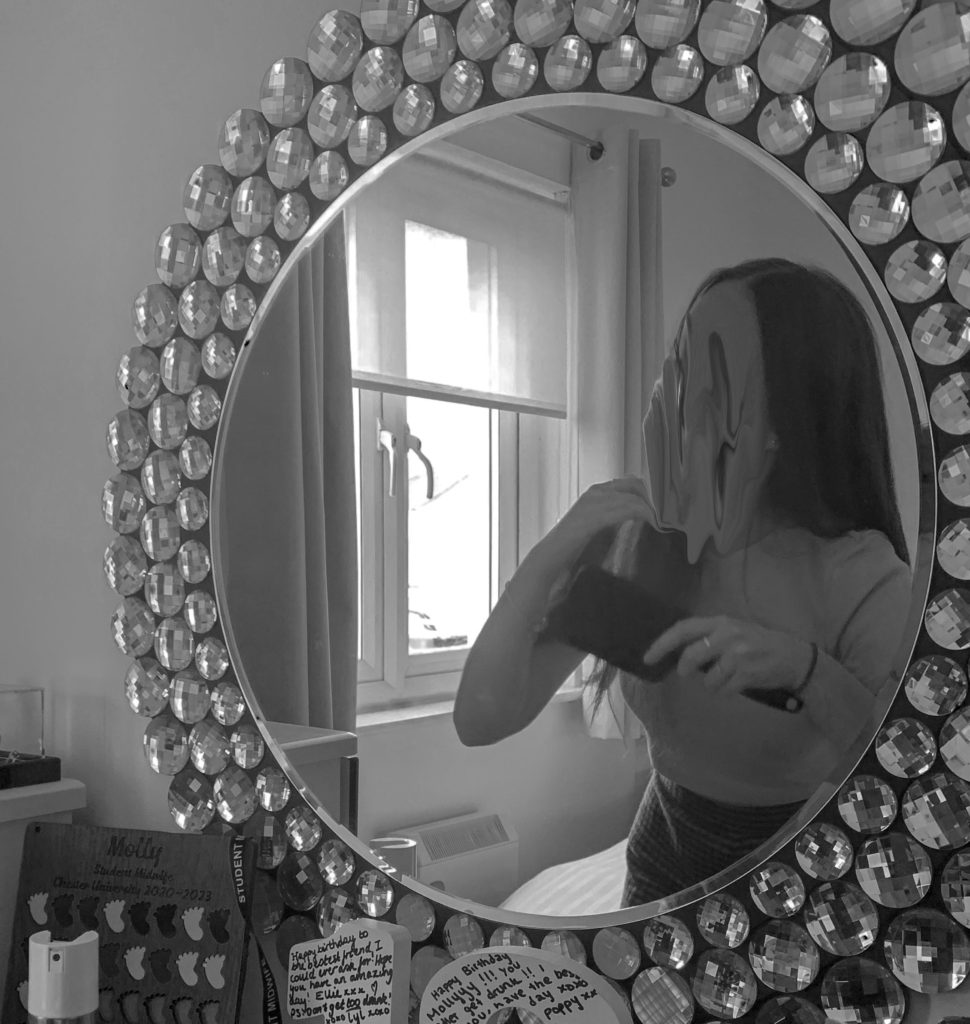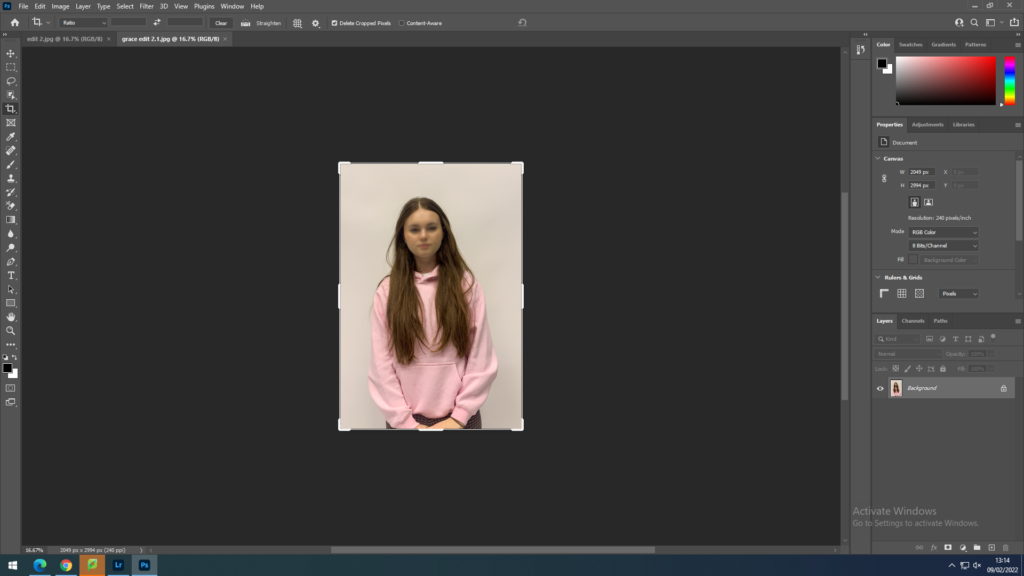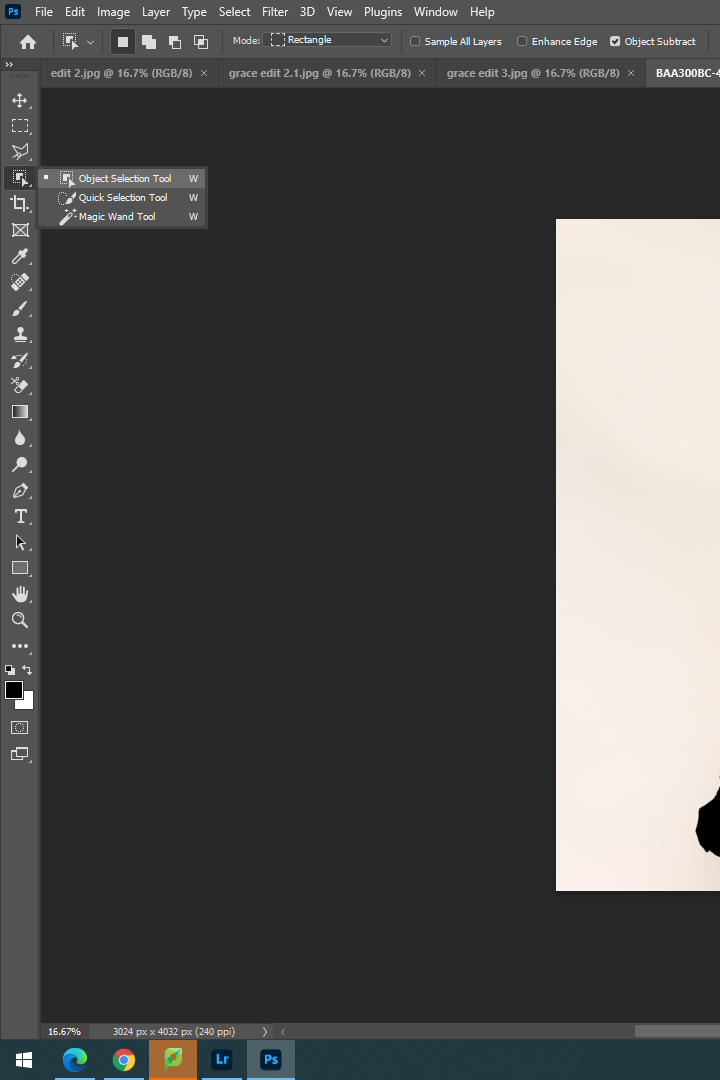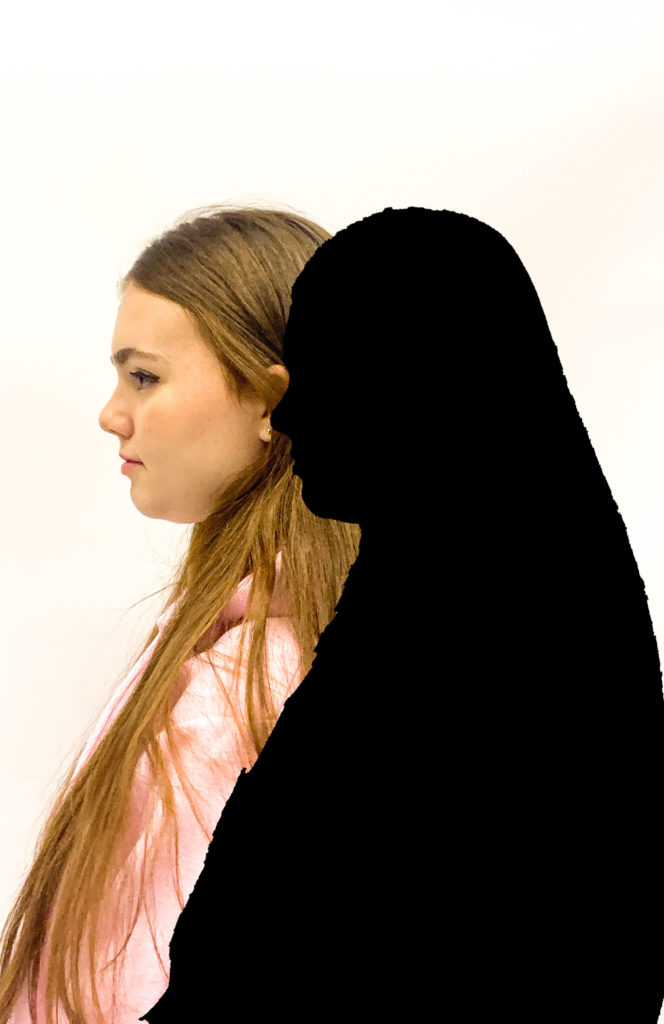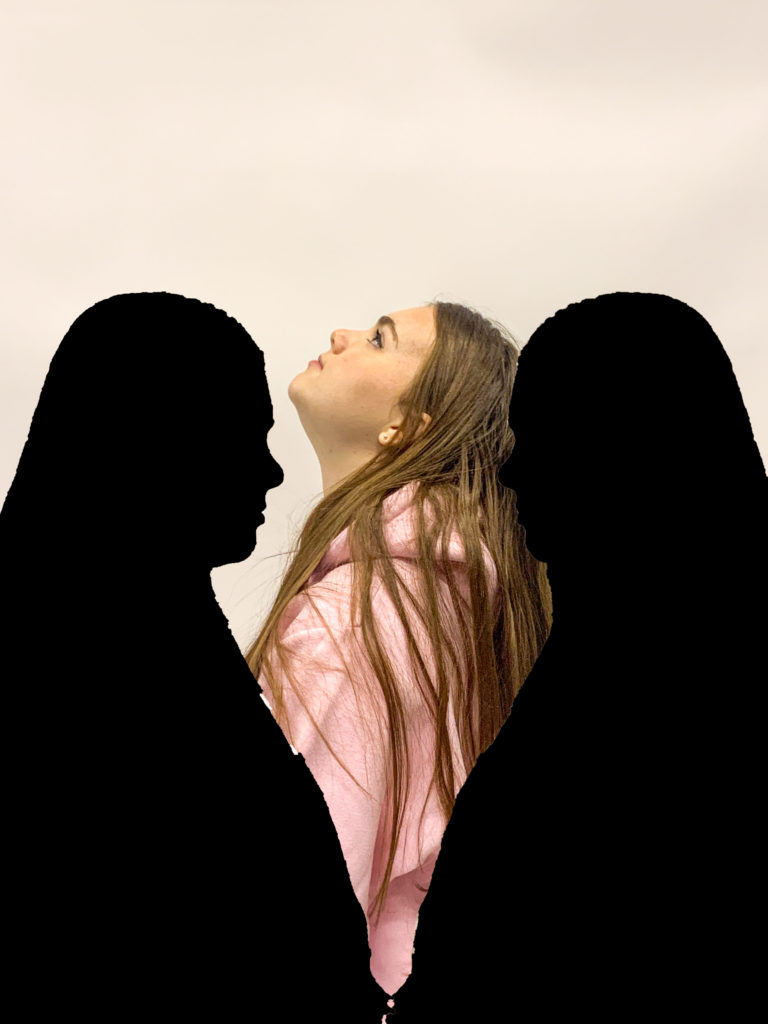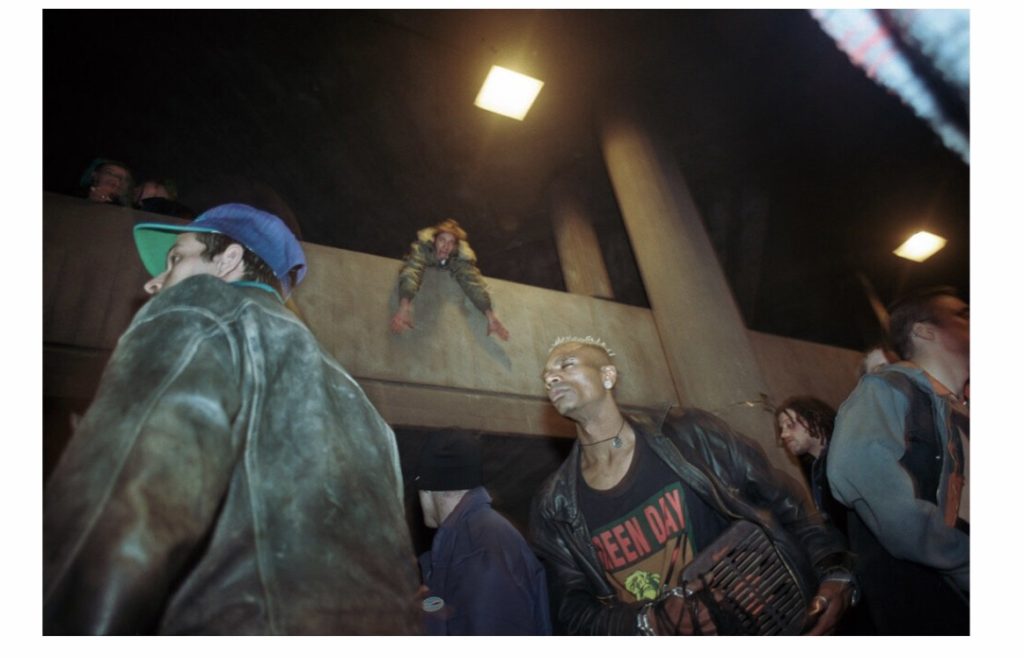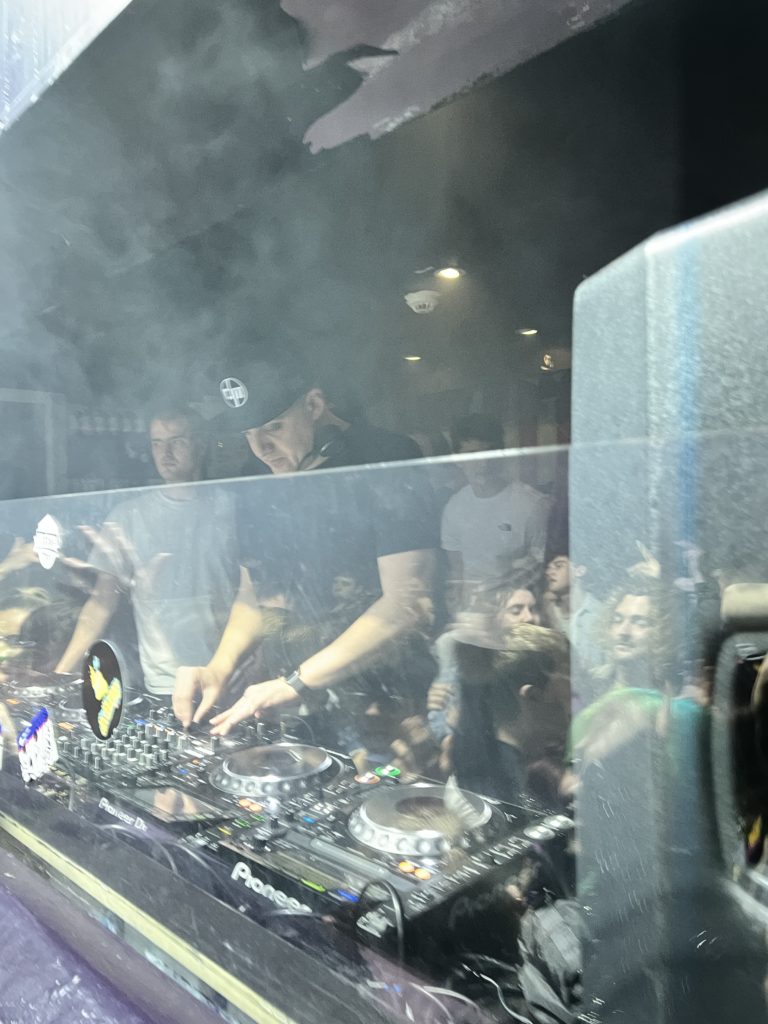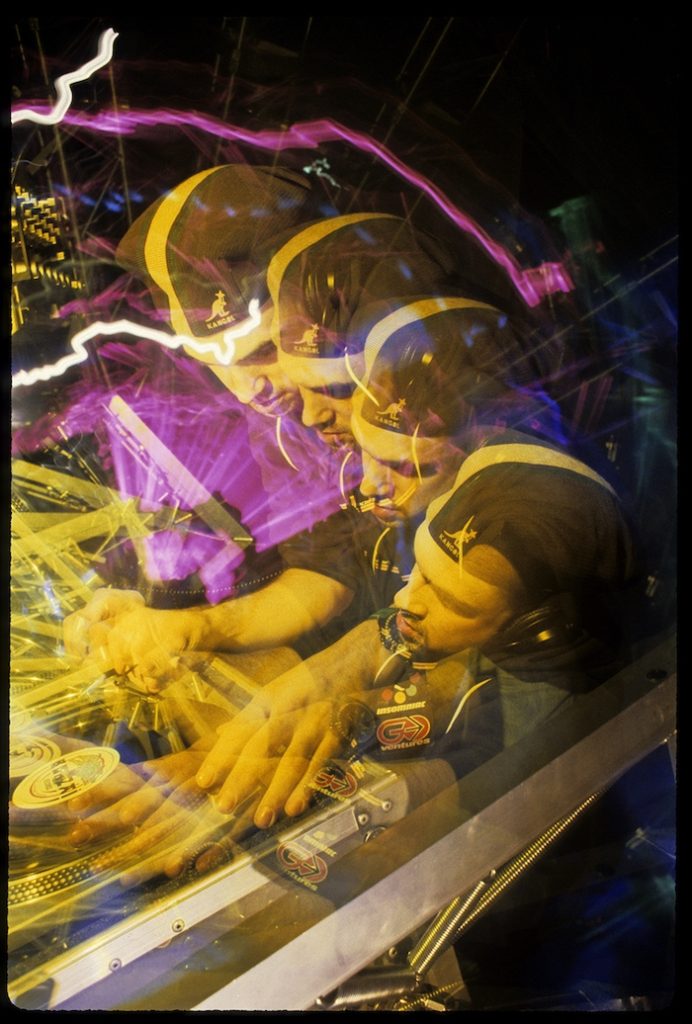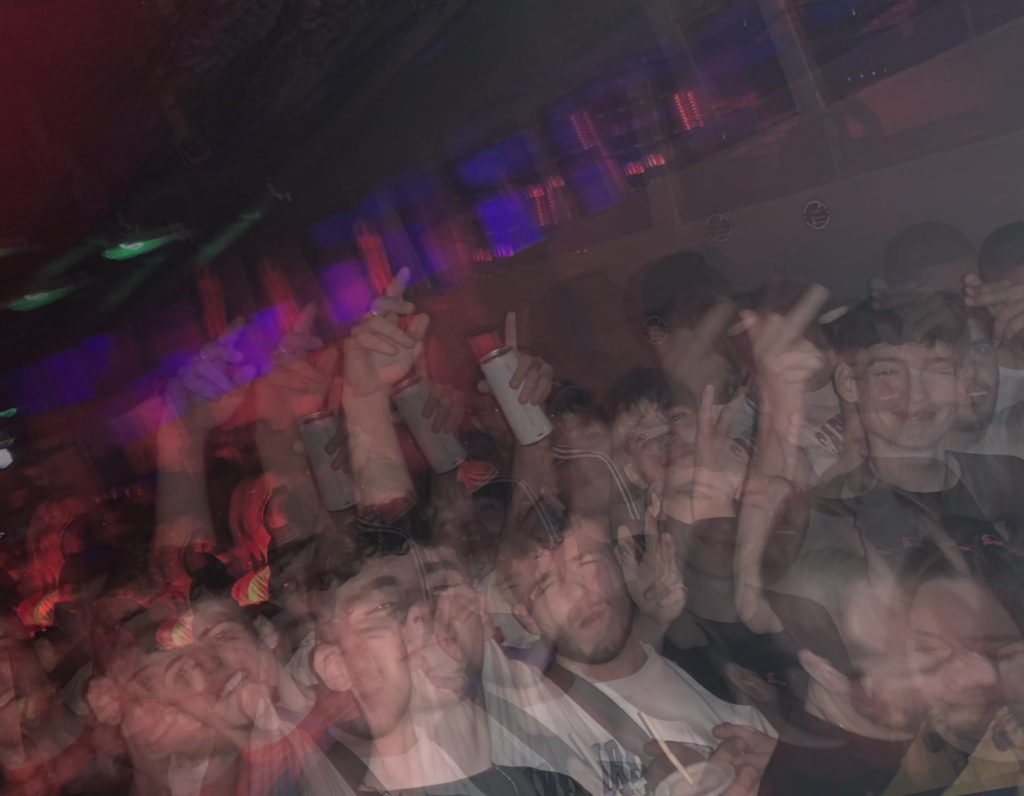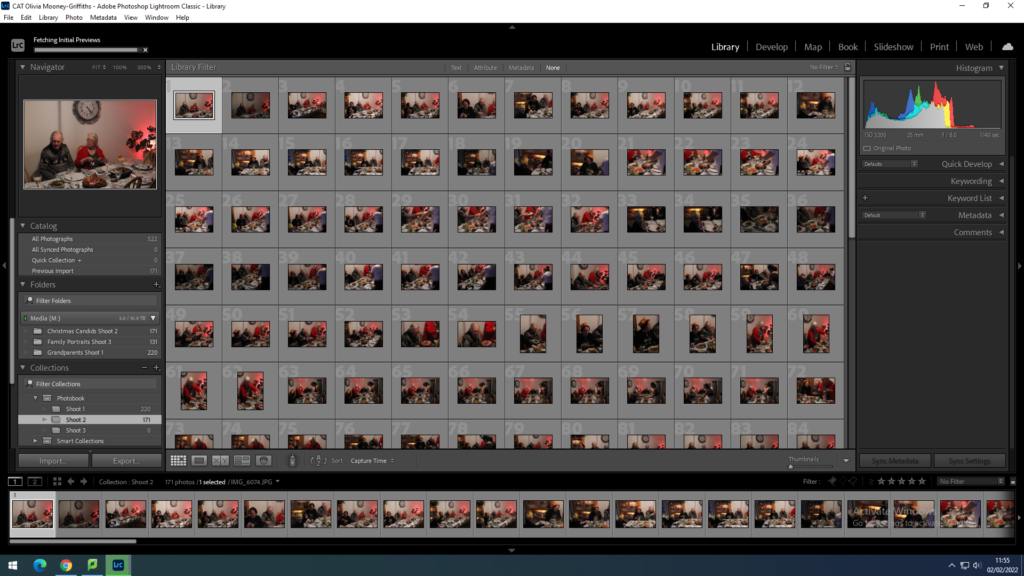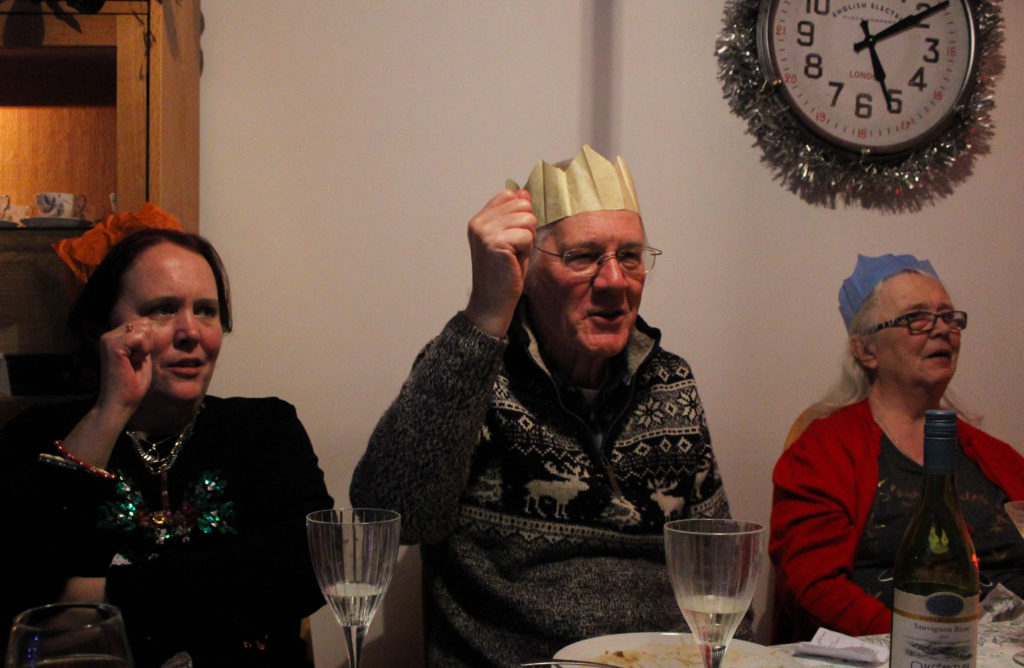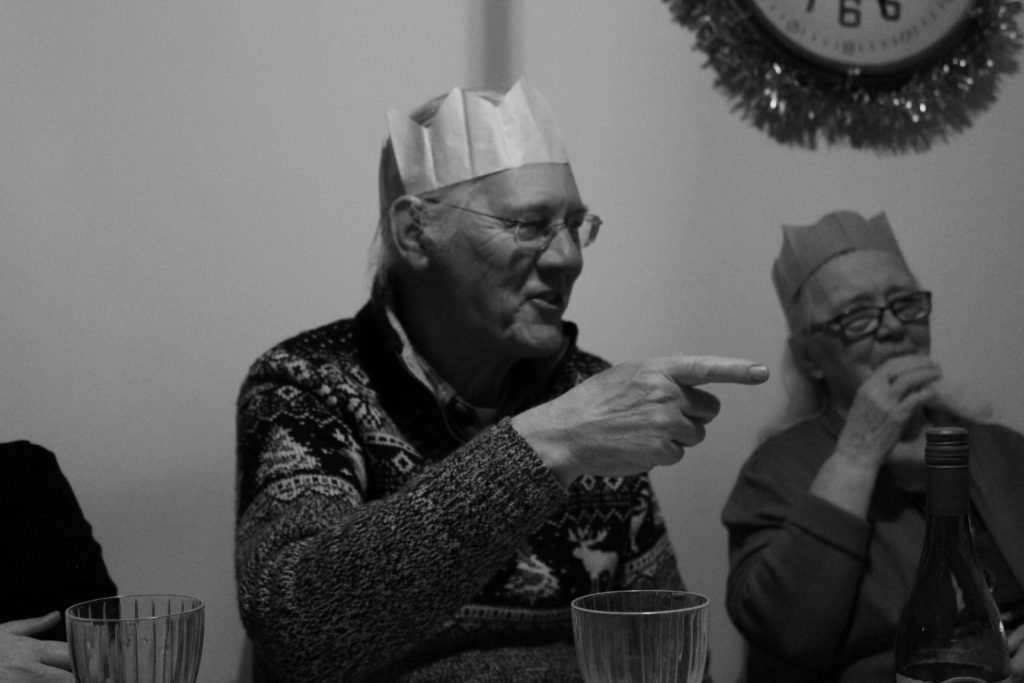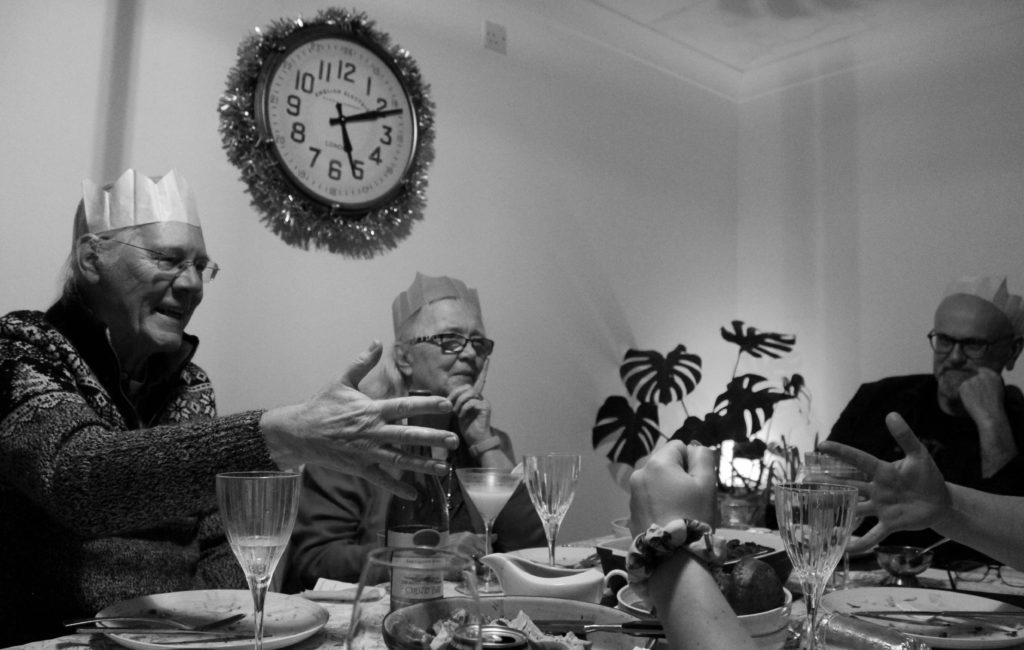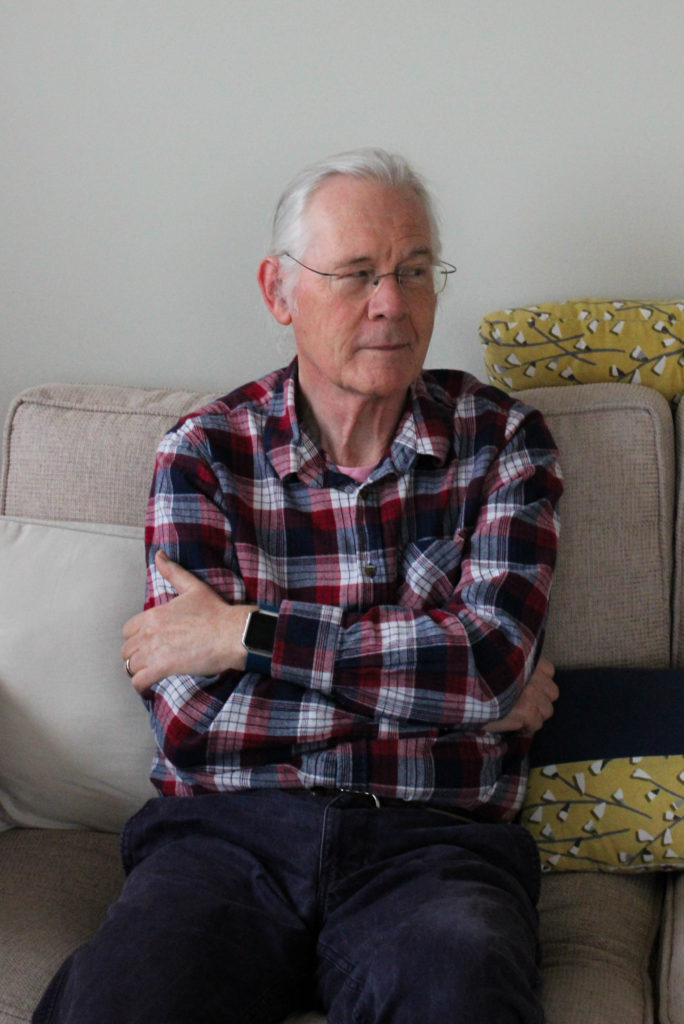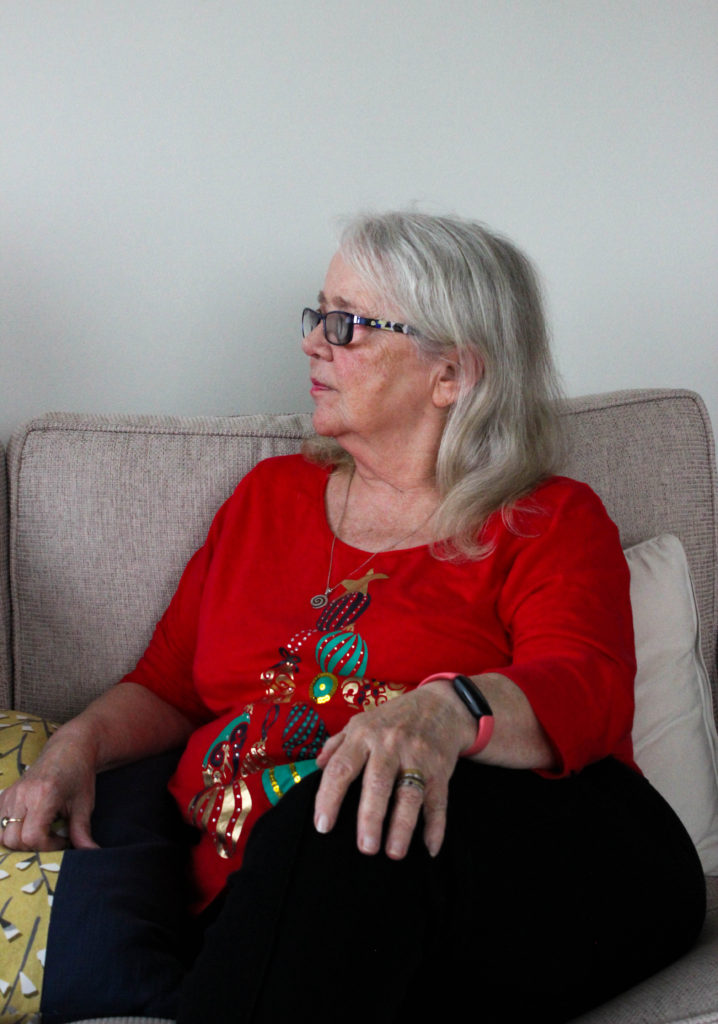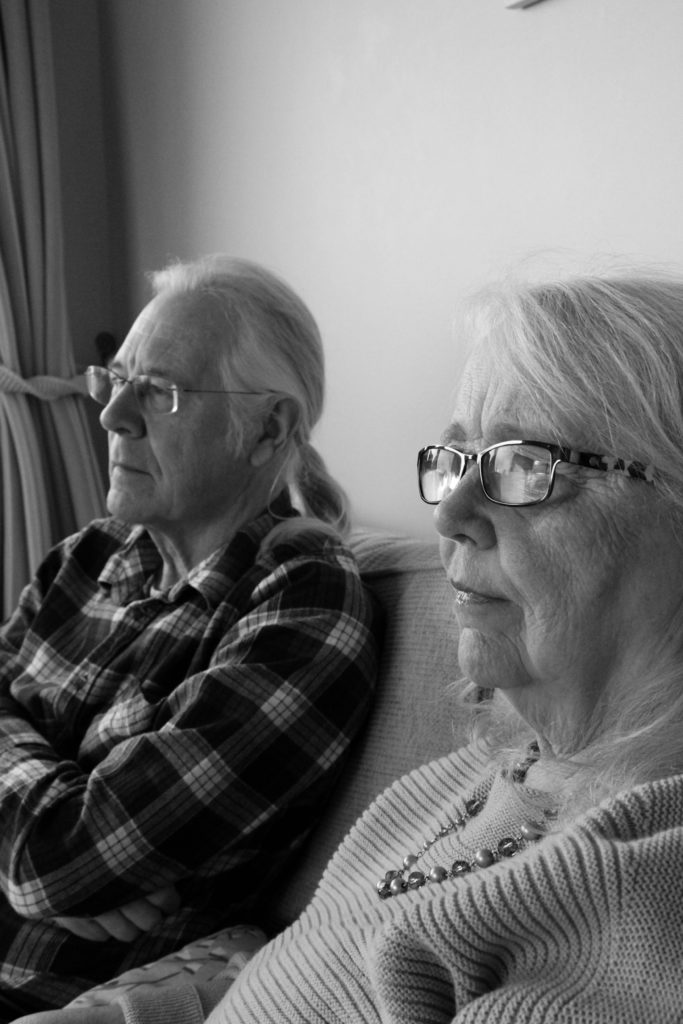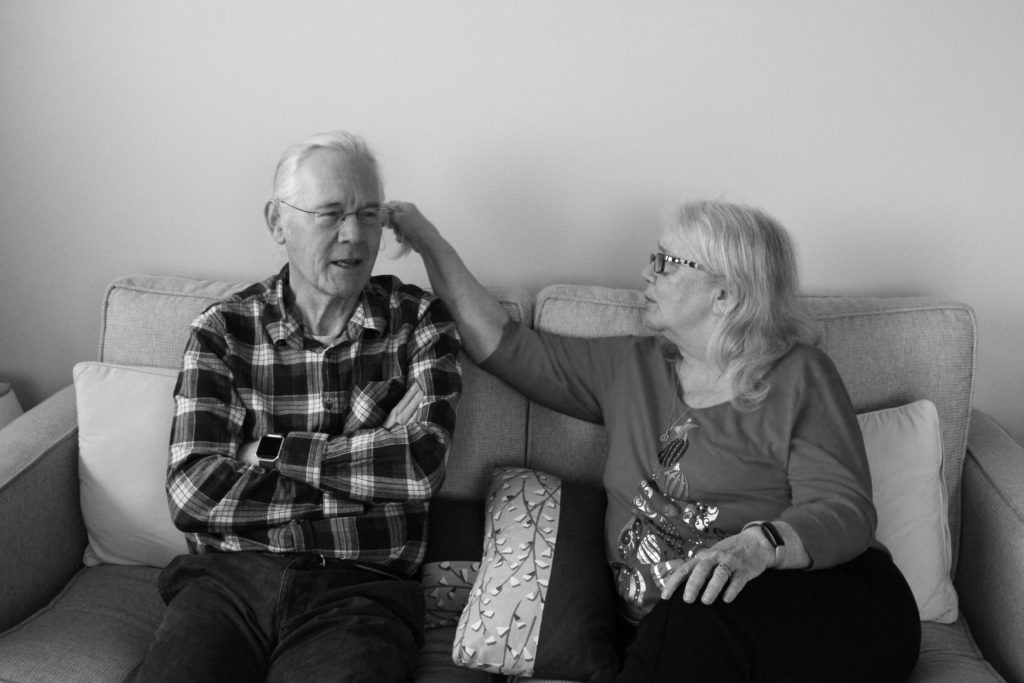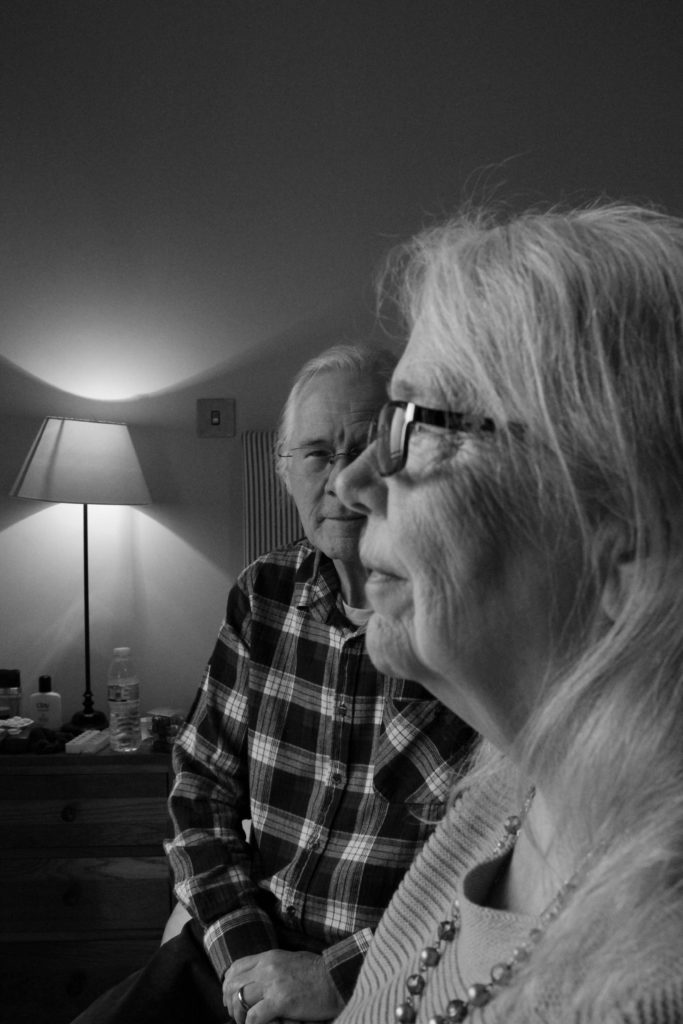How does Marchand and Meffre explore how wealth and power create divides within communities?
Almost 90% of the world’s wealthiest adults live in North America, Europe, and Japan. A wealthy individual, community, or nation has more resources than a poor one, while having access to resources can be a personal bonus for the rich and powerful, for others it is not. We are now living in the Anthropocene age- which means human influence on the planet is so profound and terrifying it will leave a lasting impact on the planet for thousands of years to come. Emissions from flights stay in the atmosphere and will warm it for several centuries, meaning the excessive travel of wealthy, known individuals are a main contributor to the ongoing global warming issue. Donald Trump; has been dubbed, “the person responsible for the most carbon emissions in the world.” With the power that Donald Trump possessed while president he not only enacted policies that negatively affect the environment, but his personal choices are also wildly anti-environmental. Wealth and power are one of the things that divides us most as humans, while people can argue that having money does not make you powerful- the wealthiest people in the world, are not running countries and creating laws, like many world leaders, who’s wealth barely scrapes the surface of the sort of wealth Jeff Bezos has, wealth does make you powerful. By being wealthy, you have something that others want, that is where the power lies. Jeff Bezos spent 5.5 billion dollars to go to space for 4 minutes; this same amount of money could have saved 37.5 million people from starving in 2021. For the practical side of this project, I have decided to take pictures that I believe show Anthropocene and abandonment to communities as well as the divide of rich and poor communities.
I chose the style of Yves Marchand and Romain Meffre to take inspiration from while taking images for this project. They are two French photographers who met through a mutual interest in contemporary ruins. They began their collaboration in 2002 by exploring Parisian urban remains before their interest took them to Detroit, where a thorough exploration of the city lasting five years resulted in their seminal work, ‘The ruins of Detroit’. Their other projects after that include ‘Theatres’ where they discovered and documented the sorry state of theatres they came across while travelling around America. Their work responds well to Anthropocene as it is filled with dull colours, mostly neutral tones like beige and creams. Their images show Anthropocene well as it mainly focuses on buildings that has been built from wood and such materials that have been sourced from the Earth and then abandoned to rot and ruin the landscape. This has a massive impact on landscapes and the Earth as people are cutting away nature and ruining habitats to build homes and buildings that are abandoned and left to decompose. There are over 19 million vacant buildings in America where the land could have been left untouched. I have chosen these photographers to discuss as I believe that I may be able to find vacant buildings in Jersey that I can take images of. It is no secret that Jersey is the home of many wealthy individuals, this can be seen first-hand through the images I have taken for this project. For my first photoshoot I decided to photograph The Water’s Edge Hotel a vacant hotel at Bouley Bay, what was once a beautiful hotel just metres from the beach is now an eyesore on the landscape. While the hotel has been sitting vacant since 2013 there have now been controversial plans to convert the 50-room, 4750sq-m hotel into one home for a wealthy individual. Not only is this taking away what was once a place where families to spend days together and tourists to visit the island, it is also going to make the beach surrounding the hotel uninhabitable whilst the demolishment of the building takes place. Senator Sam Mezec said, “I think this is sad. It’s essentially the commoditisation of our coastline for the benefit of an extremely small number of rich people, rather than for the benefit of all the people who want to enjoy this area and we’re seeing this in other parts of the island too like Greve de Lecq and at some point, we’ve got to say no and say our coastline is one of our most beautiful assets.” This is just a small instance of wealth and power dividing the community of Jersey however it is still controversial. Water’s Edge Hotel (first image) Computer generated image of new plans (second image).
I decided to mainly focus on Yves Marchand and Romain Meffre’s project ‘The ruins of Detroit’ as I think that the images, they captured in that project tell a lot of stories from just an image of an abandoned room and can be left open to interpretation. I also thought that I would be able to likely recreate and be inspired by these images more than the images from their project ‘Theatre’ as the images in Ruins of Detroit possess more similarities to buildings that I am able to capture images of in Jersey than their Theatre project. For my photoshoots of abandoned buildings, I focused on taking images in a similar style, by taking my images in a natural lighting and focusing on the dull tones in the images, another key similarity between our images is that the interior of the building I focused on are very derelict and falling apart a lot like the images in ‘The ruins of Detroit’ you can tell they have all been vacant for a long time and taken a lot of damage over the years from people intruding.
Yves Marchand and Romain Meffre are two French photographers who explore and question ruins. Through their photography, they show the vestiges of an era and the evolution of our societies. In an interview they described why they photograph what they photograph. “To give a rather broad definition of what we do, we are interested in buildings that strongly embody an era and a society and we observe their metamorphosis. The 19th and 20th century buildings often reflect the great transitions that are still underway today, like our series on the American theatres, which are examples of entertainment architecture produced on an industrial scale. These auditoriums, with their eclectic decorations, provided an attractive form of self-staging of the identity of a country that is still young. We then observed the city center movie palaces, huge assembly places, which declined due to suburbanization, the mass arrival of television – of individualized leisure basically – and to see some of these movie halls turned into churches, shops, shopping centers, etc. Through the prism of a type of place, we see an entire alternative modern history of our societies. That’s probably what makes us interested in these “modern” ruins, because they resonate directly with what we know.” I believe that throughout my work I also explore how once lively buildings turn derelict and then end up converted into something more modern and self-serving than a place that was once built for a community. That is why I have chosen these photographers to take inspiration from.
Furthermore I have also decided to look at Jacob Riis he was a Danish-American social reformer, journalist and social. Within his work he contributed to multiple things; one which stood out to me was ‘How The Other Half Lives ‘ this is because his photographs have a strong and clear impact which adds key specific detail and also leaves his photographs left open to interpretation. Jacob Riis was one who decided that within his work he is going to publicized the serious crisis in housing, as well as the lack of good eduaction and poverty at the height of European immigration to New York City in the late nineteen century. In 1911 Riis stated in the San Jose Mercury that he was “I was a writer and a newspaper man, and I only yelled about the conditions which I saw. My share in the work of the slums has been that. I have not had a ten-thousandth part in the fight, but I have been in it.” As his work was so successful he was able to befriended President Theodore Roosevelt and later managed to change the law and create societal improvement for some the poorest in America. This clearly demonstrates how clear and strong the impact that his photographs had on individuals as he was able to have a strong enough impact for one to change laws and regulation to improve the overall quality of life.
As well as those photographers I also chose to focus on Robert Adams. Robert Adams was born in New Jersey and moved to Colorado. He was a professor of English literature for several years before fully committing to his photography career in the mid 1970s. He also released multiple books such as The New West, Summer Nights, Los Angeles Spring as well as several others. In 2009 Adams was awarded the Hasselblad foundation international award in photography. Robert Adams bought a 35mm reflex camera in 1963 and this is when he began to take pictures mostly of nature and architecture. Personally, I find Robert Adams work very inspiring due to the fact that each photograph in which he has taken is very unique in their own particular ways and has different morals behind each photograph. However, they are all very similar to each other due to the minimalistic contrasts within the photos and the mutual tones used. Additionally, I also feel that you can clearly see the main focus in each photograph as well as the non-focus which is mainly based on the backgrounds. In my opinion I feel that the photographs which he has taken involving architecture are highly more interesting for one to look at as each building may portray a different story of who may coincide there. For my photoshoot, I took images in the style of Robert Adams, I went into the side streets in St Helier and captured images of buildings that interested me, I then converted all of my images into black and white to match Robert Adams photography style. To a degree, all of Adams’ work is simple, but deceptively so. Since he first came to public attention in the mid-1970s as part of the New Topographic movement, his subject has been the American west: its vastness, its sparse beauty, and its ecological fragility. You could say that Adams was a pioneer of eco-conscious photography, but that would be a very reductive way of describing an artist whose vision has remained constant, and constantly rigorous, and whose work demands close attention – and a degree of patient attentiveness – from the viewer. I enjoy the simplicity of Robert Adams images (pictured below) as whilst being sparse there is a captivating feel to the way they have been taken which makes you want to see more. The photographs below are very similar this is due to the light dark tones which he has used to maybe add contrasts and details. Additionally I enjoy the way that he decided to not just capture the houses and also capture the people that may live there as this adds to the story of the photographs.
I like these images a lot as I feel the monochromatic colouration of them match Robert Adams images well. While in some of his images he has darker shades in they are mostly filled with light greys and white shades and I feel these images are a good representation of how he has inspired my practical work for this project.
Additionally, I have researched an artist named Nick Hannes as he took photos of the rapid change in which Dubai has had over several years. This includes photographing luxury cars, nightlife as well as also portraying the way in which the lower class people live and the lifestyle in which they have. The photograph below shows several construction workers waiting for the collective bus transport to take them back ‘home’ to their labour camps. The wall behind them may suggest that they could be separated from ‘wealthier’ community as you can see the sky scrappers behind them which may either be offices or apartments of wealthy people. Furthermore another factor to why I think that this wall creates a clear divide is that there’s graffiti on it which states ‘FREE YOUR MINDS’ this may suggest that the workers may believe that social status does not matter to them. I feel that Nick Hannes kept this photograph in colour as if he was to adapt it to black and white it may not have had such a strong impact on the viewer, in addition the use of natural lighting is very effective as I feel the tones and shading would be very different and not as achieving if it was taking using artificial light.
In my own practical work, I have taken equal inspiration from both Yves Marchand and Romain Meffre as well as Robert Adams. I have taken photoshoots in both of their styles, first photographing derelict buildings and then moving onto buildings that are inhabited. The differences between my two photoshoots is that I left my first set of images that are inspired by Romain Mefree and Yves Marchand in colour as the dull colours in the image create a more abandoning and vacant feeling than when they are in black and white. However, after taking a closer look at the images I captured for my Robert Adams inspired photoshoot I decided to not only convert them to black and white to match his images but to also bring out the simplicity of them without overbearing colours. Finally I’m also going to take photographs that I have been in inspired by Nick Hannes as I feel that all his photos have different interpretations making the photographs genuinely more interesting for the viewer overall; one would say his work passes a strong message that money and power may create a divide within the communities. This may be due to the variety of income in which different people earn as people who are of higher income may feel more empowered when this shouldn’t be the case.
Bibliography:
Do wealth and power go hand in hand? – Quora
https://www.quora.com › Do-wealth-and-power-go-hand-…
Study Proves Power and Money Go Hand-in-Hand | Inc.com
https://www.inc.com › susan-greenberg › study-proves-po…
Wealth, Income, and Power – Who Rules America?
https://whorulesamerica.ucsc.edu › power › wealth
Air travel and climate change – David Suzuki Foundation
https://davidsuzuki.org › what-you-can-do › air-travel-cli.
The impact of air travel on our climate – atmosfair
https://www.atmosfair.de › climate_impact_air_traffic
Where are US emissions after four years of President Trump?
https://www.climatechangenews.com › 2020/10/06 › us.
Water’s Edge Hotel conversion under way – Jersey Evening Post
https://jerseyeveningpost.com › news › 2020/01/21 › w…
Luxury home plans on site of Water’s Edge Hotel officially …
https://jerseyeveningpost.com › news › 2021/06/29 › lu…
Debate over controversial plans for Jersey’s Bouley Bay hotel …
https://www.itv.com › news › channel › debate-over-co…
Yves Marchand & Romain Meffre Photography
Vestiges of a Dream Society by Yves Marchand and Romain …
https://www.cerclemagazine.com › … › Articles Magazine
Robert Adams | Fraenkel Gallery
https://fraenkelgallery.com › Artists
Robert Adams (photographer) – Wikipedia
https://en.wikipedia.org › wiki › Robert_Adams_(photo…
































